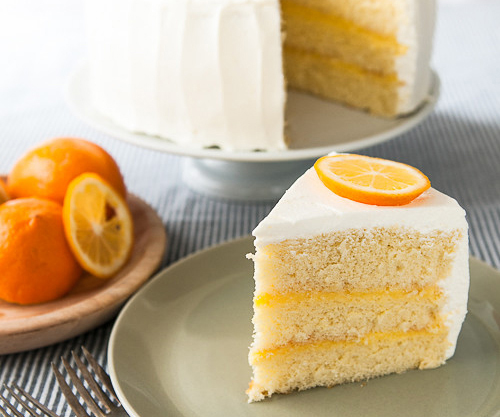Lemon chiffon cake, with its airy texture and bright citrus flavour, is a dessert that feels like sunshine on a plate. Known for its lightness and versatility, this cake has a fascinating history that spans innovation, mystery and cultural significance.
The story of chiffon cake begins in the United States in the 1920s, during an era of culinary experimentation. The cake’s unique texture comes from its use of vegetable oil instead of the traditional butter or shortening. This innovation allows the batter to hold more air, resulting in a cake that is remarkably light. The secret ingredient was the brainchild of Harry Baker, a Californian insurance salesman turned baker. Baker developed the recipe and kept it closely guarded, serving his chiffon cakes to Hollywood’s elite at glamorous events.
For two decades, Baker’s recipe remained a well-kept secret. It wasn’t until 1948 that he sold it to General Mills, one of America’s leading food companies. The company launched a marketing campaign to promote chiffon cake as “the first new cake in 100 years,” emphasising its revolutionary texture and versatility. Recipes quickly appeared in cookbooks and magazines, bringing chiffon cake into households across the country. Lemon chiffon, with its zesty flavour and fresh aroma, became one of the most popular variations.
The cake’s appeal lies not only in its texture but also in its adaptability. Lemon chiffon cake can be enjoyed plain, with a simple dusting of icing sugar, or dressed up with glazes, icings or fillings. Its lightness makes it an ideal dessert for spring and summer gatherings, while the bright lemon flavour adds a refreshing twist that appeals to a wide range of palates.
Over time, lemon chiffon cake has inspired countless regional and cultural variations. In Japan, for instance, chiffon cakes are beloved for their cloud-like softness and are often flavoured with matcha or yuzu. In Southeast Asia, pandan chiffon cake, made with the vibrant green pandan leaf, has become a national favourite in countries like Singapore and Malaysia. These adaptations showcase how the chiffon cake technique has been embraced and reinterpreted around the world.
In Britain, lemon chiffon cake has found its place among classic desserts, appreciated for its balance of lightness and flavour. While butter-rich sponges and Victoria sandwiches remain iconic, chiffon cake offers a contemporary alternative that is equally satisfying yet less heavy. It pairs beautifully with a cup of tea, making it a welcome addition to any afternoon spread.







Click here to change your cookie preferences